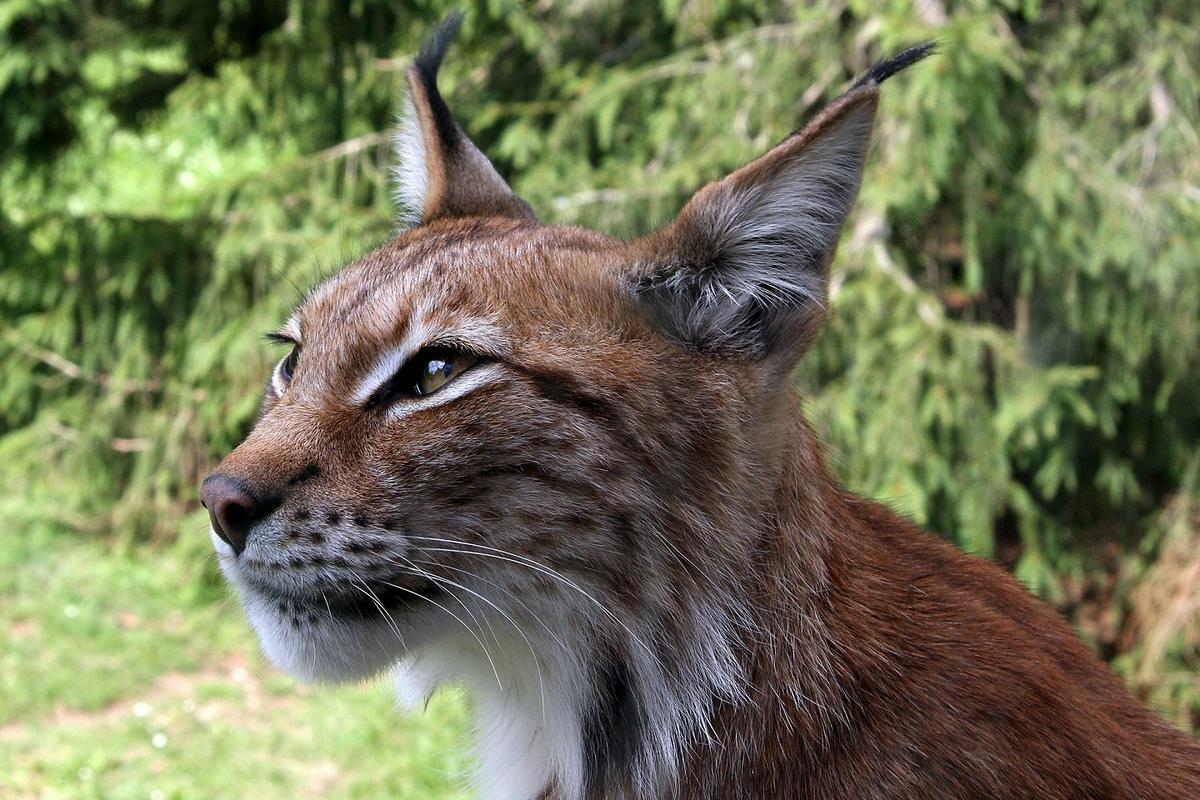
The Life Lynx project will take place between this year and 2024 in Slovenia, Croatia, and Italy. In these three countries, lynx are – once again -- facing extinction because of their limited population size and the resulting inbreeding. The reintroduction of lynx from a more stable source population is therefore the only chance for Europe’s largest wild cat to survive. That’s according to representatives from the Slovenian Forest Service, the Slovenian Hunters’ Association, and the University of Ljubljana, who took part in a joint press conference.
The coordinator of the project, Rok Černe of the Forest Service, explained that the lynx will be captured in Slovakia and Romania and then resettled in two regions in Slovenia and one region in Croatia. “Five lynx will be released in the Alpine regions of Slovenia, five in the Dinaric range, and four in Croatia,” he explained. “In the long run, we can preserve our lynx only if these populations link up and establish an exchange of genetic material,” he added.
Between 10 to 20 lynx presently in Slovenia
Černe estimates that between 10 and 20 lynx presently live in Slovenia, while the number in Croatia is somewhere between 40 and 60. According to researcher Tomaž Skrbinšek of the Biotechnical Faculty at the University of Ljubljana, the existing animals are an important part of the area’s biological diversity, and the Life Lynx project will prevent their extinction by ensuring greater genetic variability.
Slovenia’s lynx had been hunted to extinction
After lynx in Slovenia and neighboring countries were driven to extinction in the early 20th century, hunters began contemplating the reintroduction of the species to Slovenia’s forests in the 1970s. In 1973, six lynx were released to the wild in what was then the “Bear” Breeding and Hunting Ground in the Kočevje region.
Inbreeding is a key reason for the decline in the lynx population, which is ongoing. “Genetic variance is being lost. The population is losing its adaptability, while the rates of survival and reproduction are declining. As a result, the population becomes smaller and the inbreeding increases. We refer to this as an ‘extinction vortex,’” Skrbinšek added.
A. M.
Translated by J. B.

































































